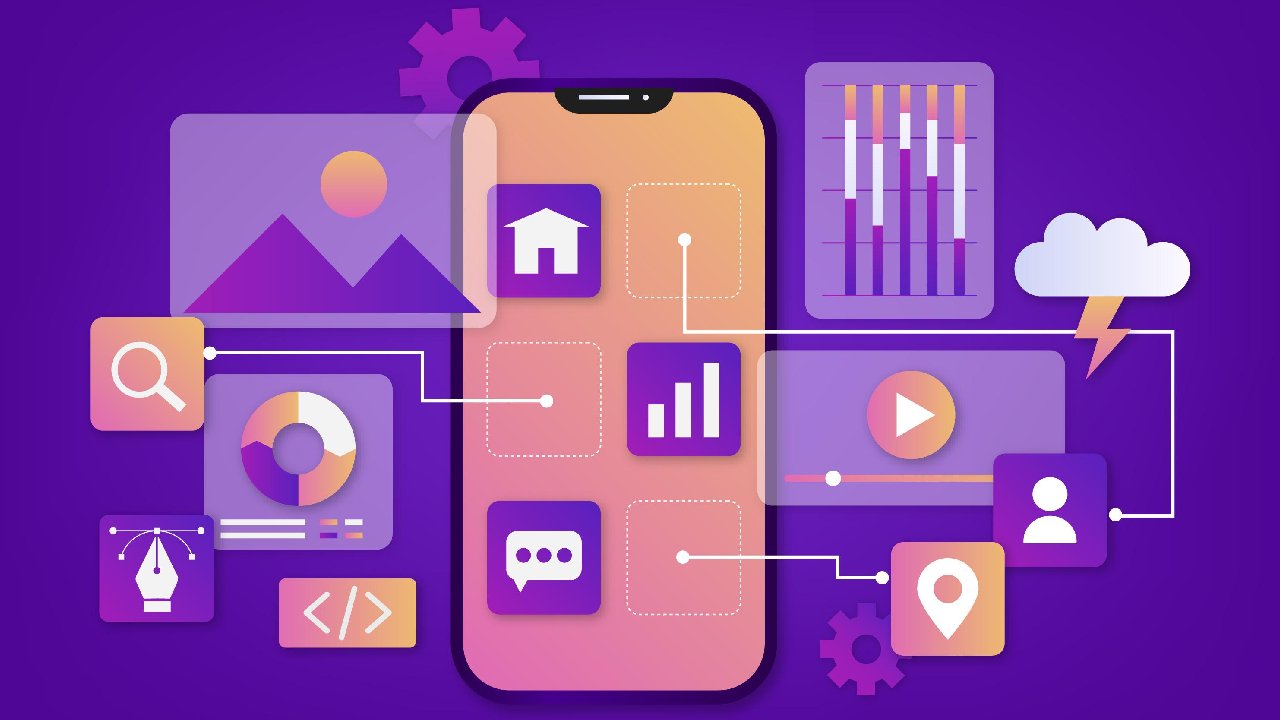10 Leading Trends in Flutter Application Development
Flutter is a popular open-source mobile application development SDK created by Google. With its fast development capabilities and native performance, Flutter has become the preferred choice for many developers. In this essay, we will discuss the top 10 trends in Flutter app development that every developer should be aware of.
Increased Adoption of Flutter: Flutter has seen a significant increase in adoption over the past few years, with many companies choosing Flutter for their app development projects.
Integration with Firebase: Firebase is a backend platform that provides developers with a plethora of tools to build high-quality mobile applications. Integrating Flutter with Firebase allows developers to streamline the development process and add powerful features to their apps.
State Management: State management is crucial in app development, especially when handling complex UI components. Flutter provides various state management solutions like Provider, Bloc, and MobX, making it easier for developers to manage the app’s state.
Machine Learning and AI Integration: With the rise of machine learning and artificial intelligence, Flutter developers are incorporating ML and AI models into their apps to provide personalized experiences to users.
PWAs and Desktop Support: Flutter is not limited to mobile app development; it also supports web and desktop applications. Progressive Web Apps (PWAs) are gaining popularity, and developers are leveraging Flutter’s capabilities to build high-quality PWAs.
Increased Customization with Flutter Themes: Flutter themes allow developers to customize the app’s design, including colors, typography, and shape. This trend enables developers to create visually appealing and consistent user interfaces.
Flutter for IoT Development: Internet of Things (IoT) is a rapidly growing field, and developers are using Flutter to build IoT applications that connect devices and sensors seamlessly.
Augmented Reality (AR) and Virtual Reality (VR): The innovations of AR and VR technologies are fundamentally reshaping the parameters of application interaction. Technicians specializing in Flutter development are strategically incorporating AR and VR capabilities into their applications, facilitating a more immersive user experience.
Flutter for App Testing and Debugging: Flutter provides a robust testing framework that allows developers to test and debug their apps efficiently. This trend ensures the quality and performance of Flutter apps before they are released to the market.
Continuous Integration and Delivery (CI/CD): CI/CD practices are essential in modern app development. Flutter developers are adopting CI/CD pipelines to automate the app deployment process and ensure quick and reliable delivery of new features and updates.
In conclusion, these trends in Flutter app development highlight the versatility and power of Flutter as a mobile app development platform. By staying updated and incorporating these trends into their projects, developers can create innovative and user-friendly applications that stand out in the competitive app market.

